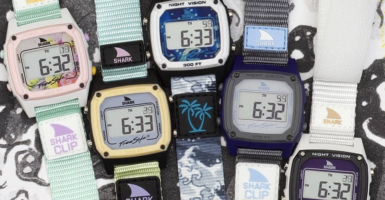The Groundbreaking Life Of Comedy Legend George Carlin
George Carlin was hardly the first comedian to achieve notoriety for his fearless style, but it’s safe to say that his legendary career made him one of the most noteworthy comedians of the 1970s and beyond.
While Carlin started out as a conventional comedian in his early days, he soon branched out to offer hilarious, and often deeply incisive, critiques of just about everything: Politics, religion, and language. Right up until his death in 2008, Carlin was regarded as one of the very best in the comedy world.
He grew up “fully Irish” in New York.
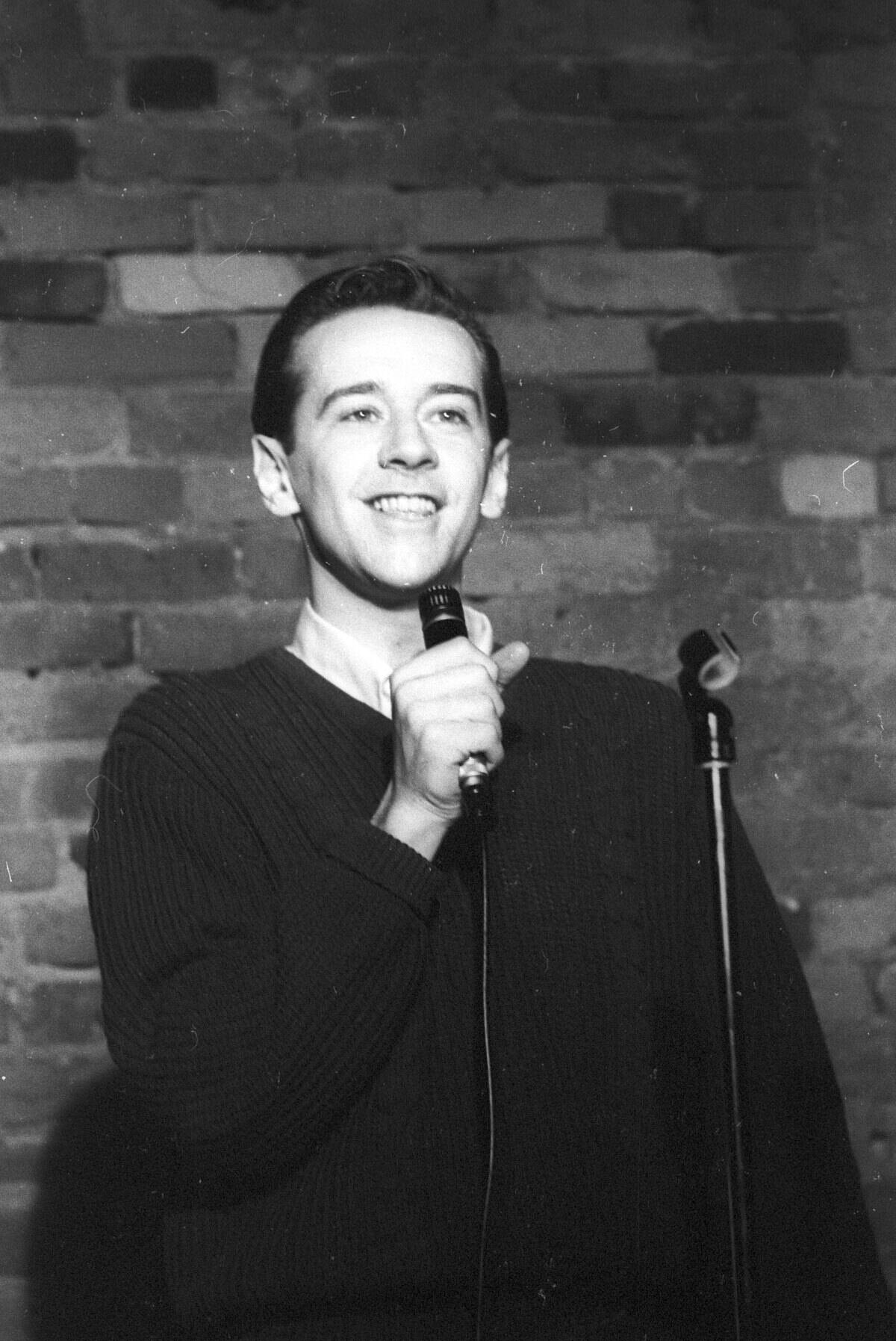
Carlin and his older brother Patrick were born in Manhattan to parents he described as “fully Irish” (his father was born in Ireland, while his mother was born to Irish immigrants).
Sadly, Carlin’s father was not much of a presence in his life and struggled with alcoholism. Eventually, when George Carlin was eight years old, his father passed away. Carlin’s early years were difficult at times, but helped to shape his comedic vision.
He wanted to be a performer from a young age.
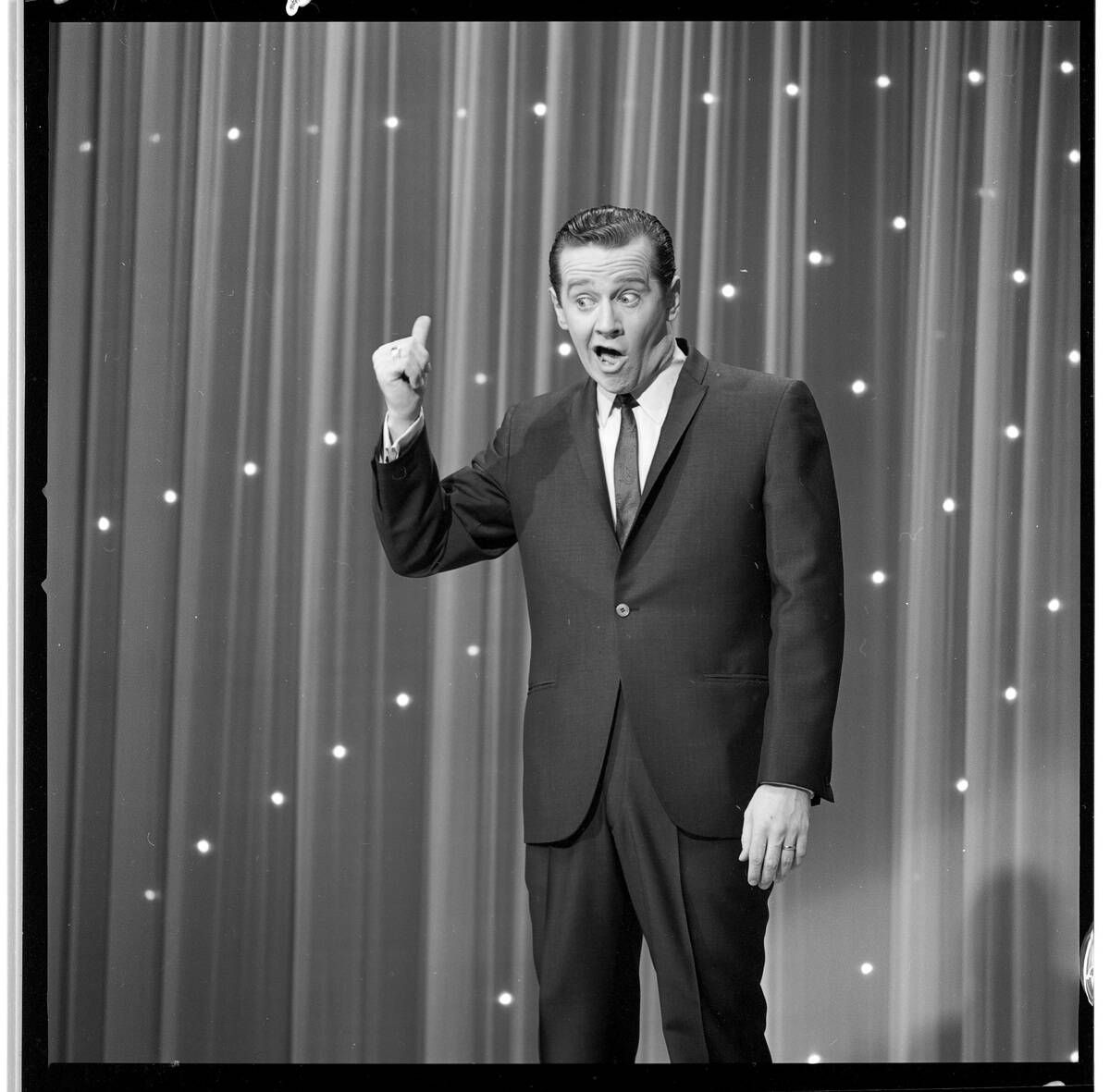
Carlin said in his autobiography that as a youngster he idolized Danny Kaye — a comedic actor and performer who was popular in the 1950s and ’60s.
While Kaye was frequently cast in comedic roles, he was not a stand-up comedian. Carlin wanted to follow in his footsteps to become a comedic actor, but realized relatively quickly that he didn’t have the acting chops to live up to this dream.
His career started in the ’60s.
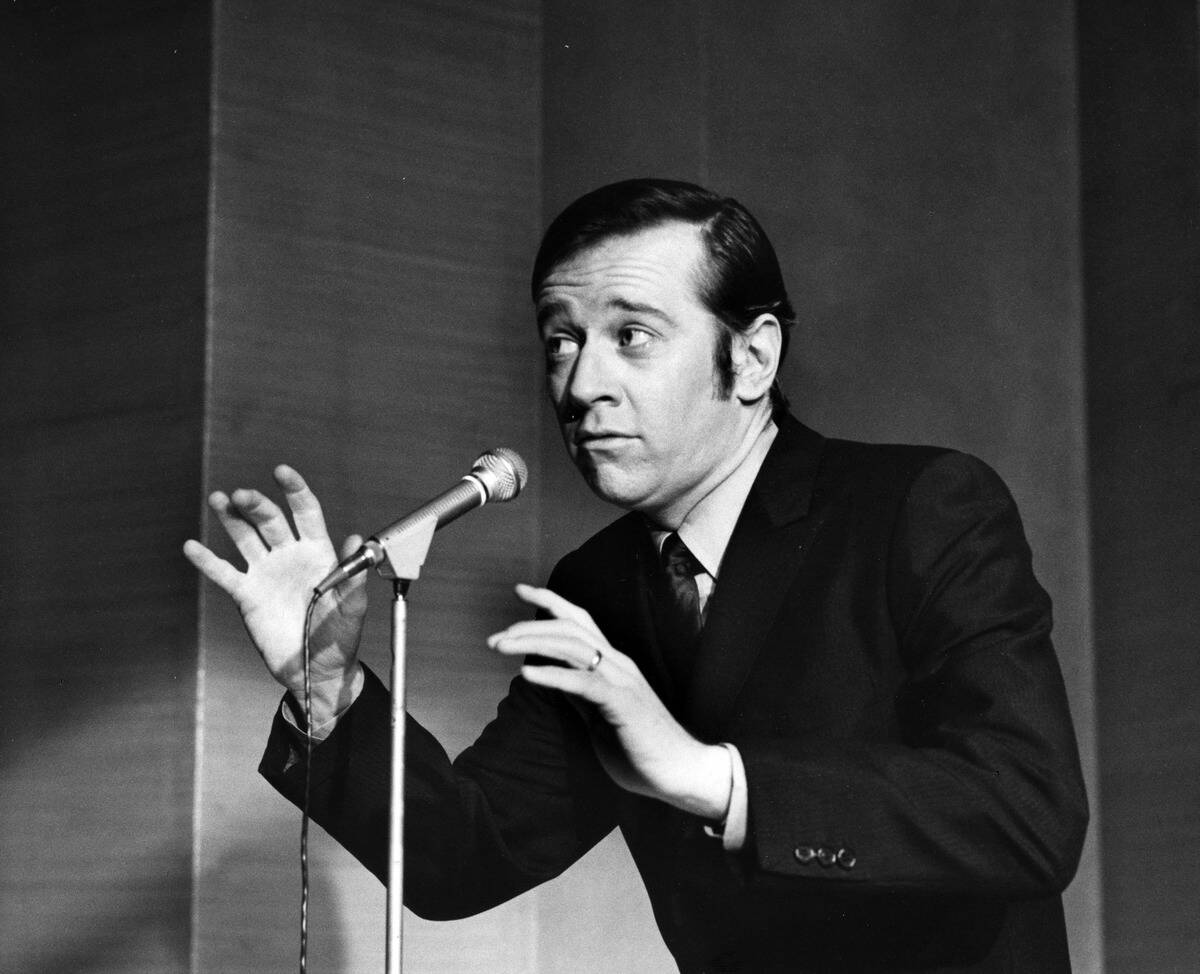
Carlin made a small name for himself after teaming up with comedian Jack Burns in a duo known as the Wright Brothers. This momentum carried Carlin to the variety show circuit of the 1960s, where he played various characters and performed a fairly safe standup routine.
In 1962, when Carlin was still in his early 20s, he was in attendance when legendary comedian Lenny Bruce was arrested for obscenity at Chicago’s Gate of Horn club. When a police officer asked Carlin to identify himself, he replied that he did not believe in government-issued identification, which led to him being arrested alongside Bruce.
In the ’70s, he underwent a transformation.
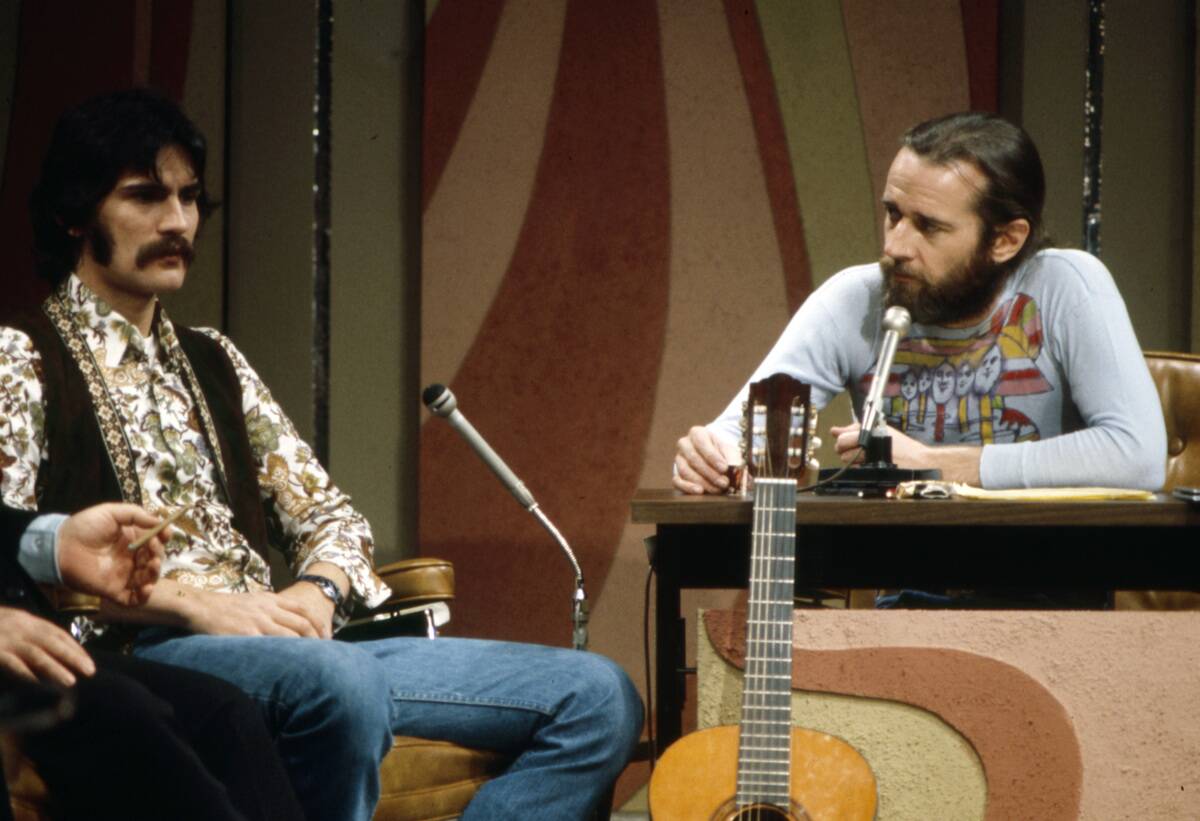
While Carlin was firmly established by the late ’60s and making a comfortable living, the world was changing: Comedy became more daring thanks in part to comedians like Lenny Bruce, and countercultural ideals were becoming more mainstream.
Carlin, perhaps recognizing that his old-school comedic style was getting bland, sought to reinvent himself. Beginning in the early ’70s, Carlin grew out his hair and beard, dressed down in t-shirts and jeans, and shifted his persona significantly.
It was a big change, and a big risk.
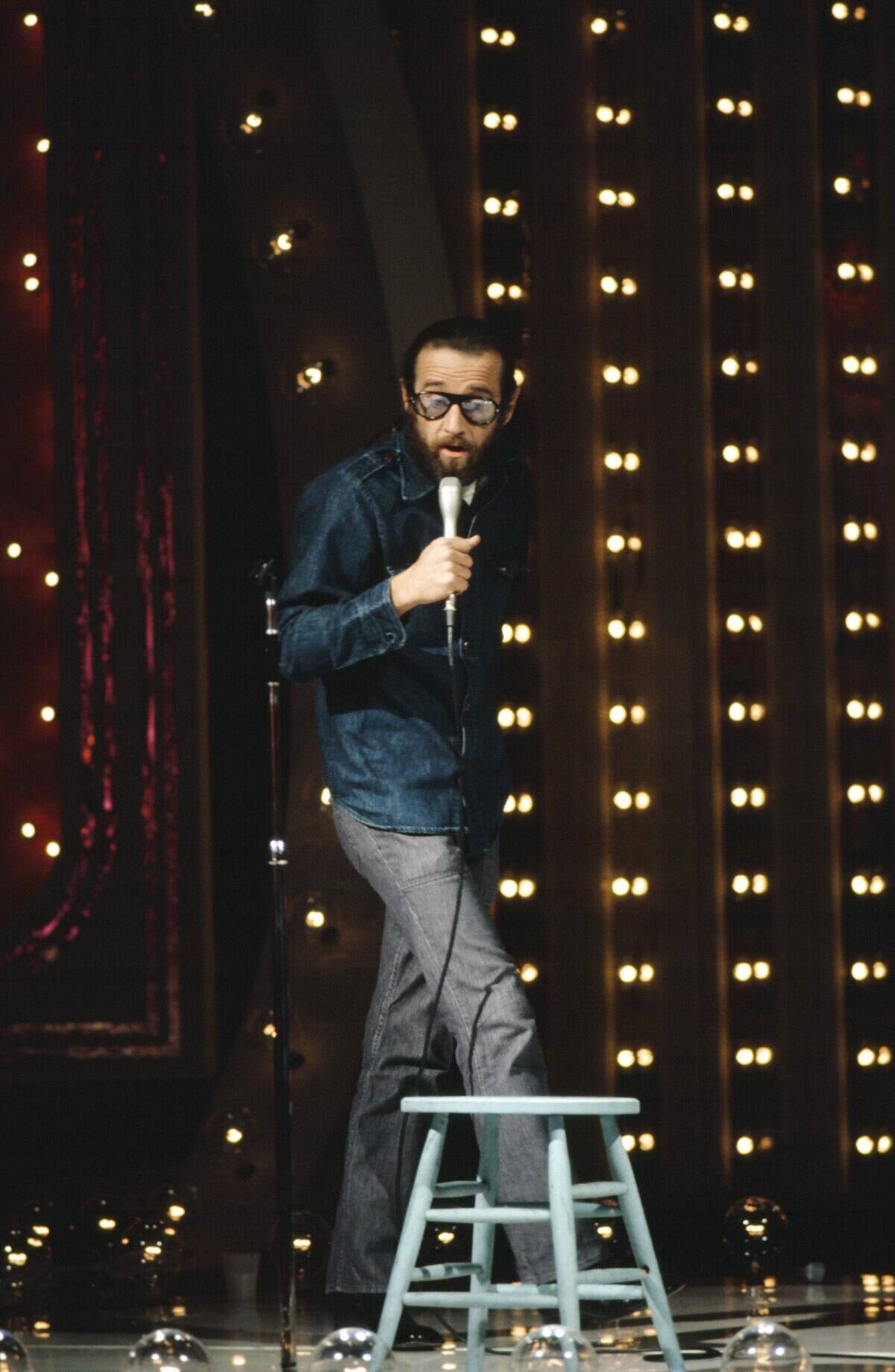
Talent manager Jeff Wald said that part of Carlin’s new strategy involved playing in smaller, more trendy clubs to present a more modern image. Carlin, as an established performer, was able to get these gigs, but they came at a cost.
Wald estimated that Carlin’s income plummeted during this time by 90 percent or so. While it might have seemed like the death knell for the career of an outdated comedian, it turned out to be just the trajectory change that Carlin needed.
He re-emerged as a dual-threat comedian.
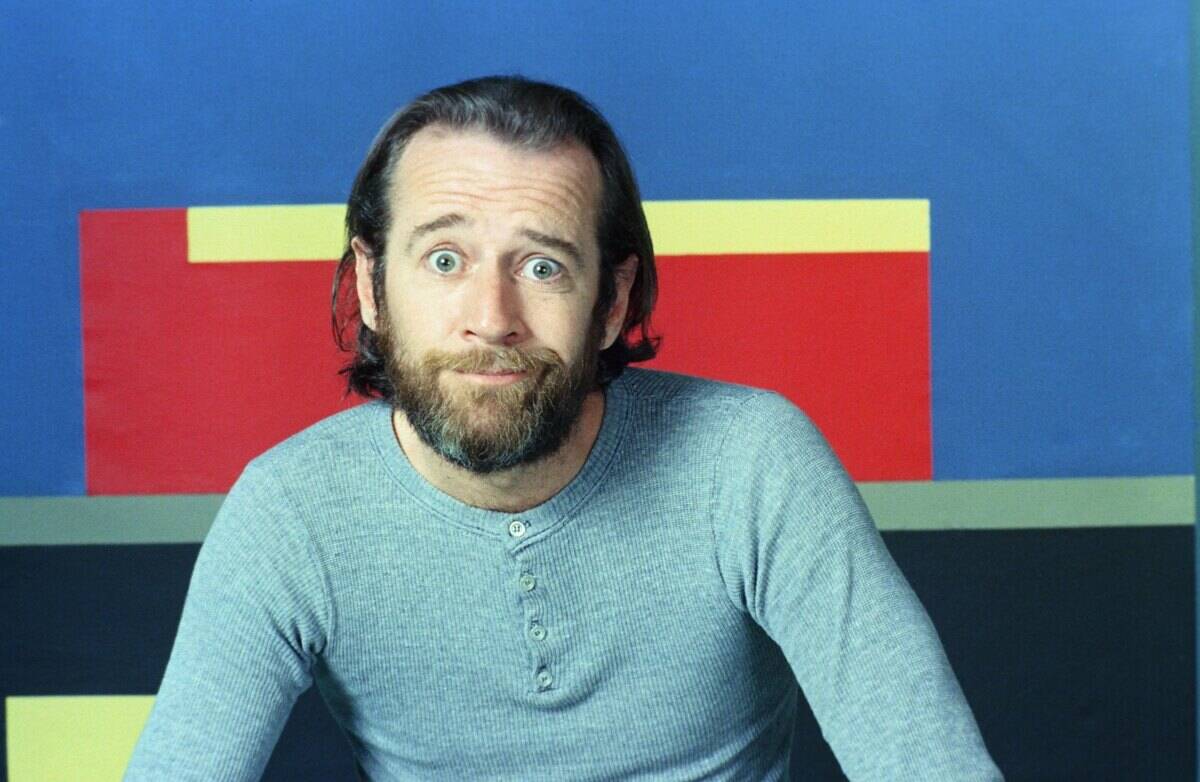
Carlin’s FM & AM album, released in 1971, showed off his new persona: The “AM” side of the record consisted of his earlier, more family-friendly material, while the “FM” side was considerably more crass and rebellious, with references to controlled substances and curse words.
It was during this era that Carlin started to experiment more with illicit substances. He noted that singer-songwriter Kenny Rankin, his frequent touring mate, experienced a relapse because Carlin always had a supply with him.
“Seven Dirty Words” became legendary.
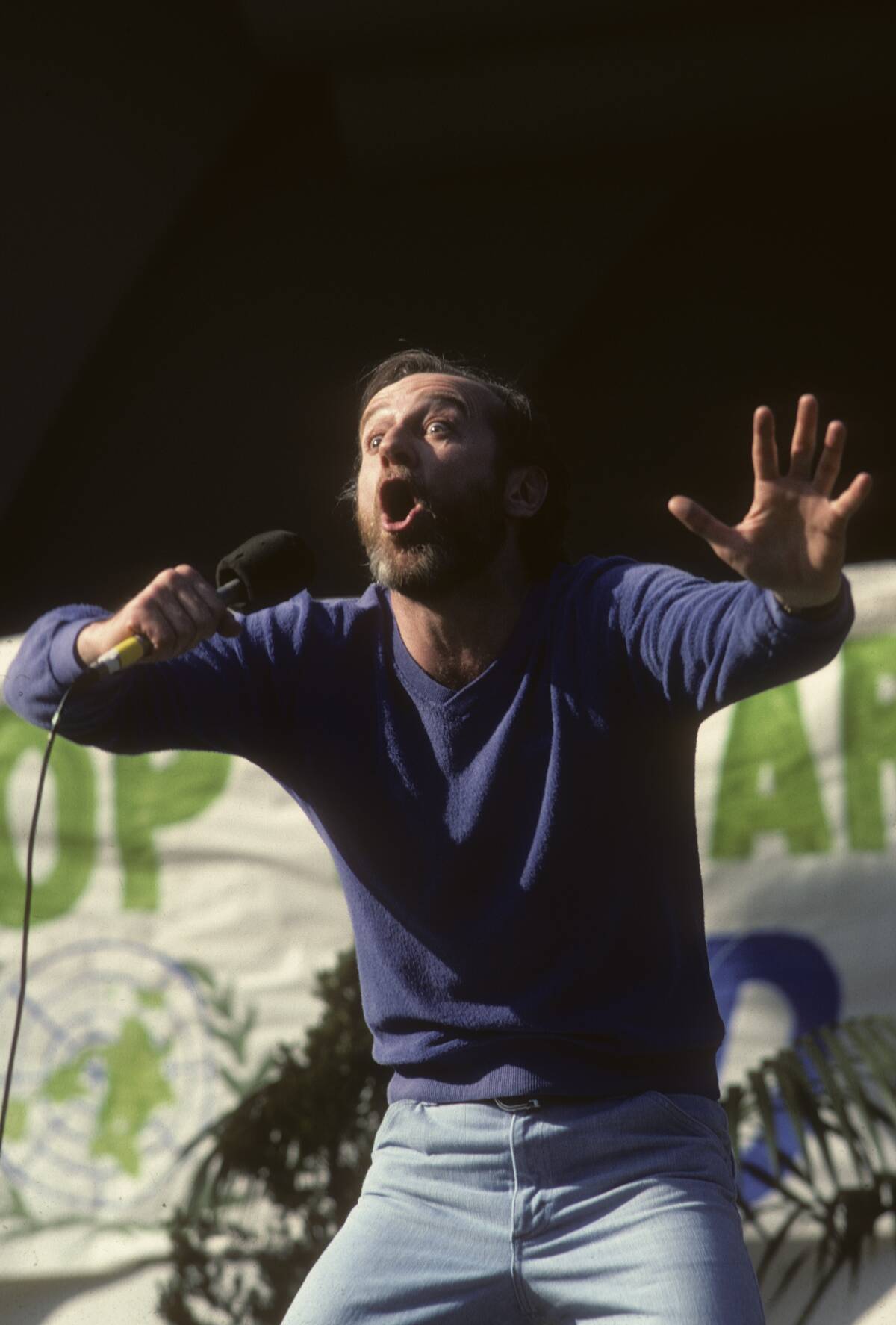
If there’s one routine that defines George Carlin, it’s his “seven dirty words” that can’t be said on TV, or in polite company, routine. After going through the seven epithets, Carlin said, “Those are the heavy seven. Those are the ones that’ll infect your soul, curve your spine, and keep the country from winning the war.”
Just like Lenny Bruce before him, Carlin quickly ran afoul of the law for this routine. He was arrested for obscenity in Milwaukee in 1972, but a judge later ruled that Carlin had the freedom to do his routine so long as it didn’t cause a disturbance.
He was fuelled by controversy.
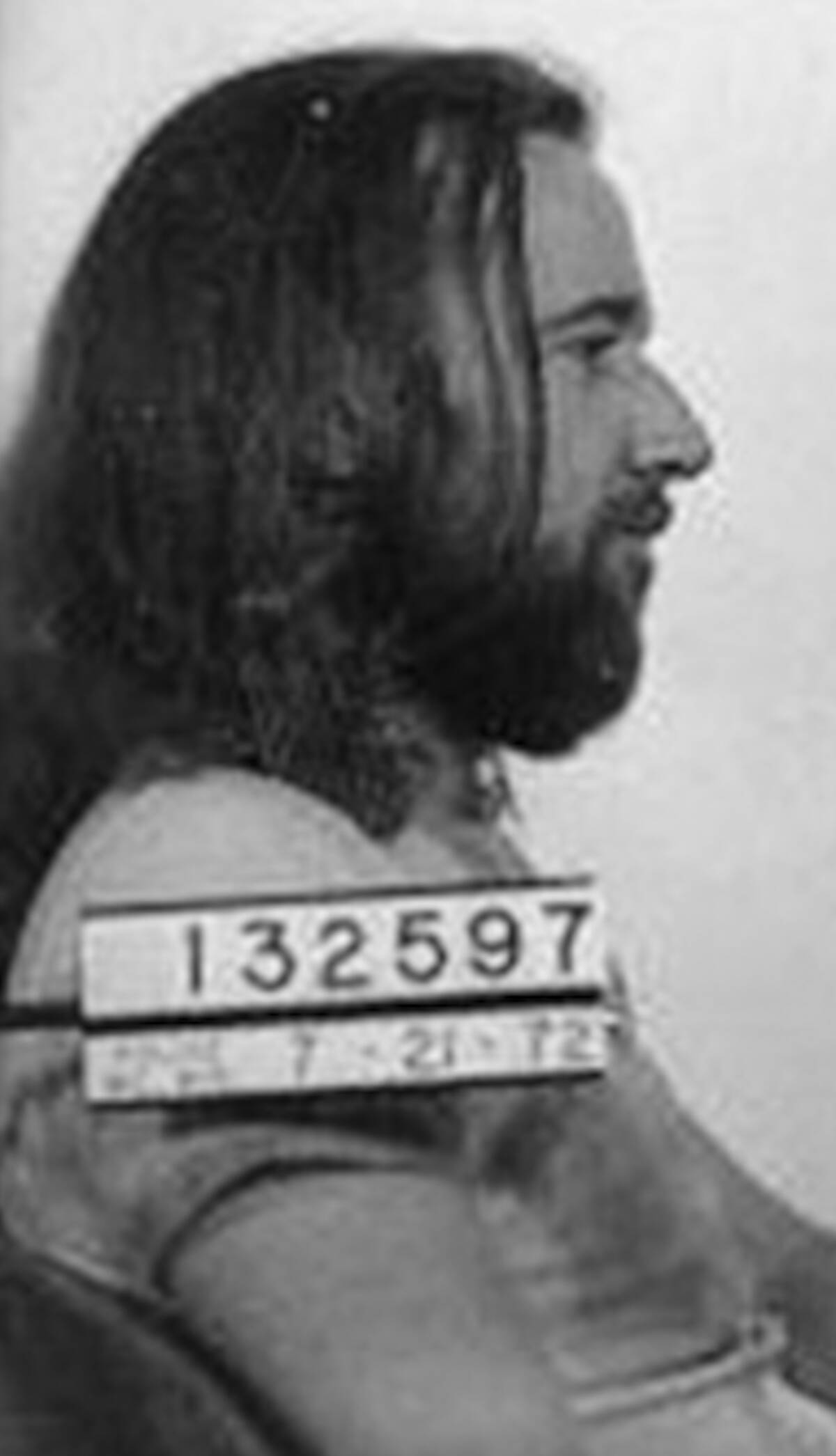
Carlin’s Seven Dirty Words, or a variation of it, became a cornerstone of his comedic routine, and he’d revisit the theme frequently. His star power grew through the early ’70s, and his popularity reached new heights.
NBC’s Saturday Night Live asked Carlin to perform for its very first broadcast in October of 1975. While Carlin agreed to perform, he also requested that he not be included in any sketches.
At the peak of his fame, he stepped away.
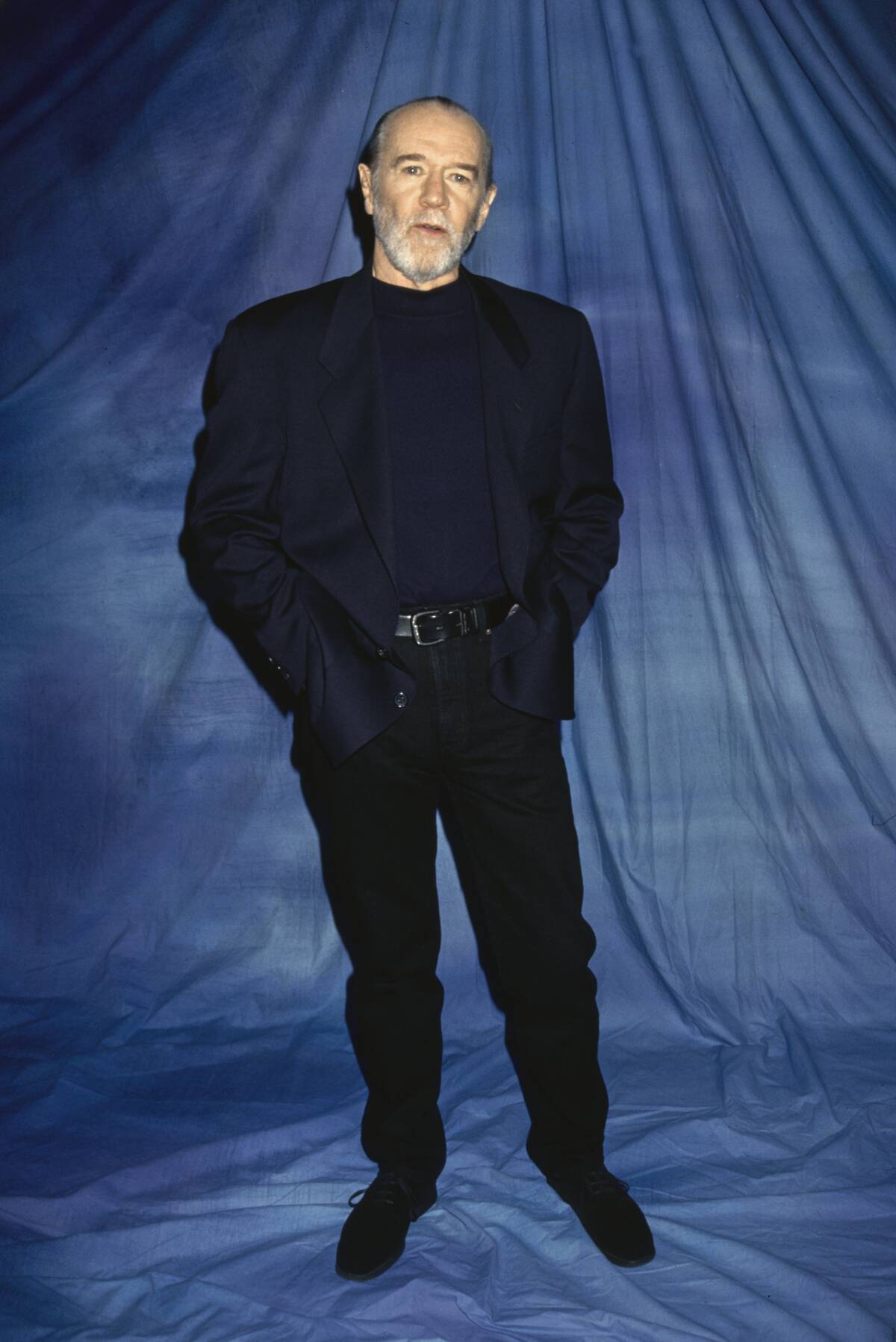
In 1976, Carlin abruptly stopped performing regularly on tour. He instead focused on taping comedy specials for HBO, which was a fairly new cable network at the time.
Carlin’s association with HBO would last for decades, and even when he wasn’t touring or performing regularly, he would generally release a new HBO special every couple of years throughout the ’80s and ’90s.
His comedy changed with the times.
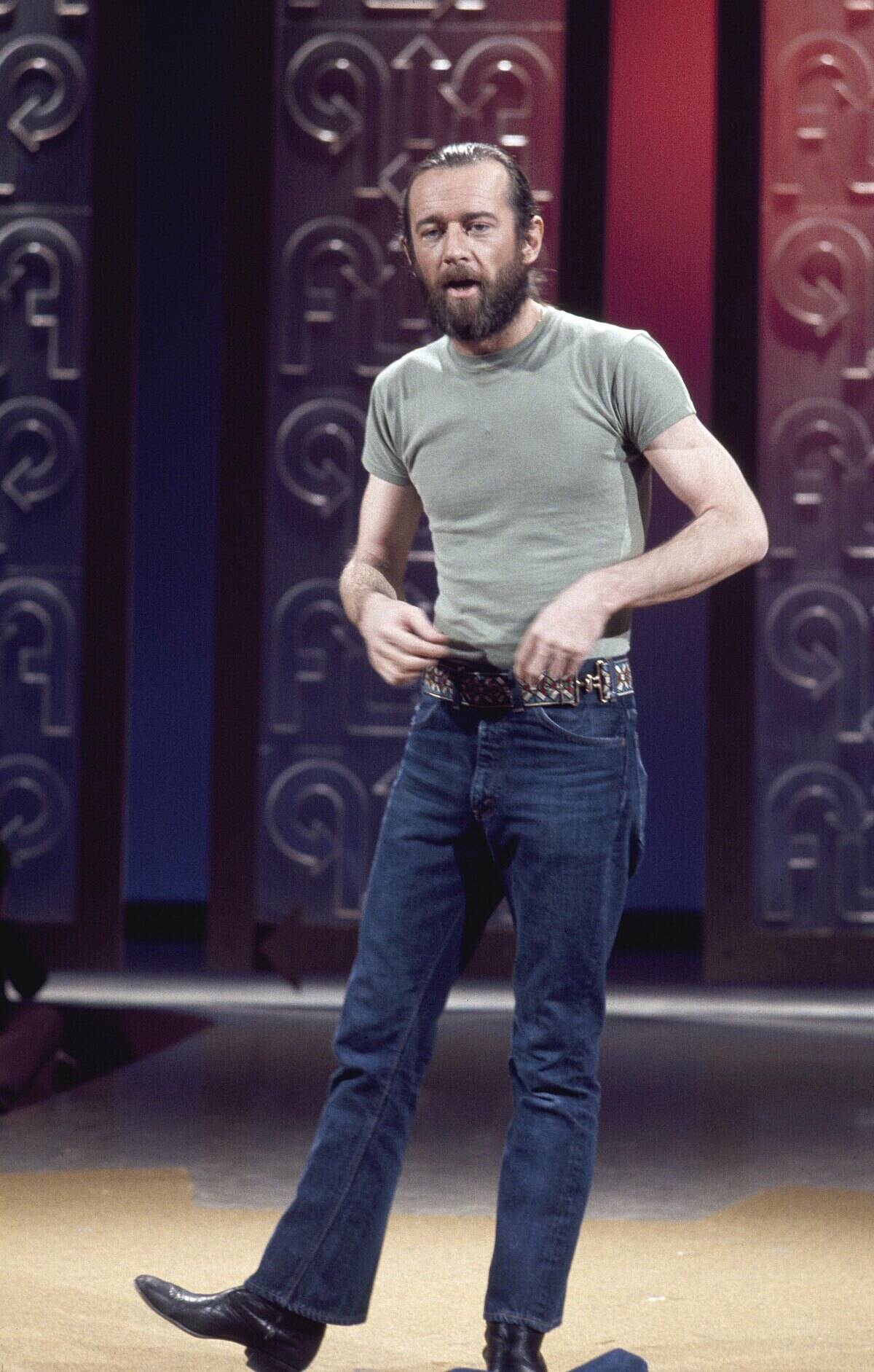
Carlin’s early ’70s transformation was not his only career metamorphosis. In the late ’80s, he tweaked his formula yet again to adopt a more nihilistic, cranky persona — one that was more openly disdainful of the world around him.
Of course, he’d still perform his earlier bits, which were mostly focused on societal foibles and his fascination with the English language. In the early ’90s, he was exposed to younger audiences when he appeared in the film Bill & Ted’s Excellent Adventure and its sequel.
The ’90s brought a range of projects.
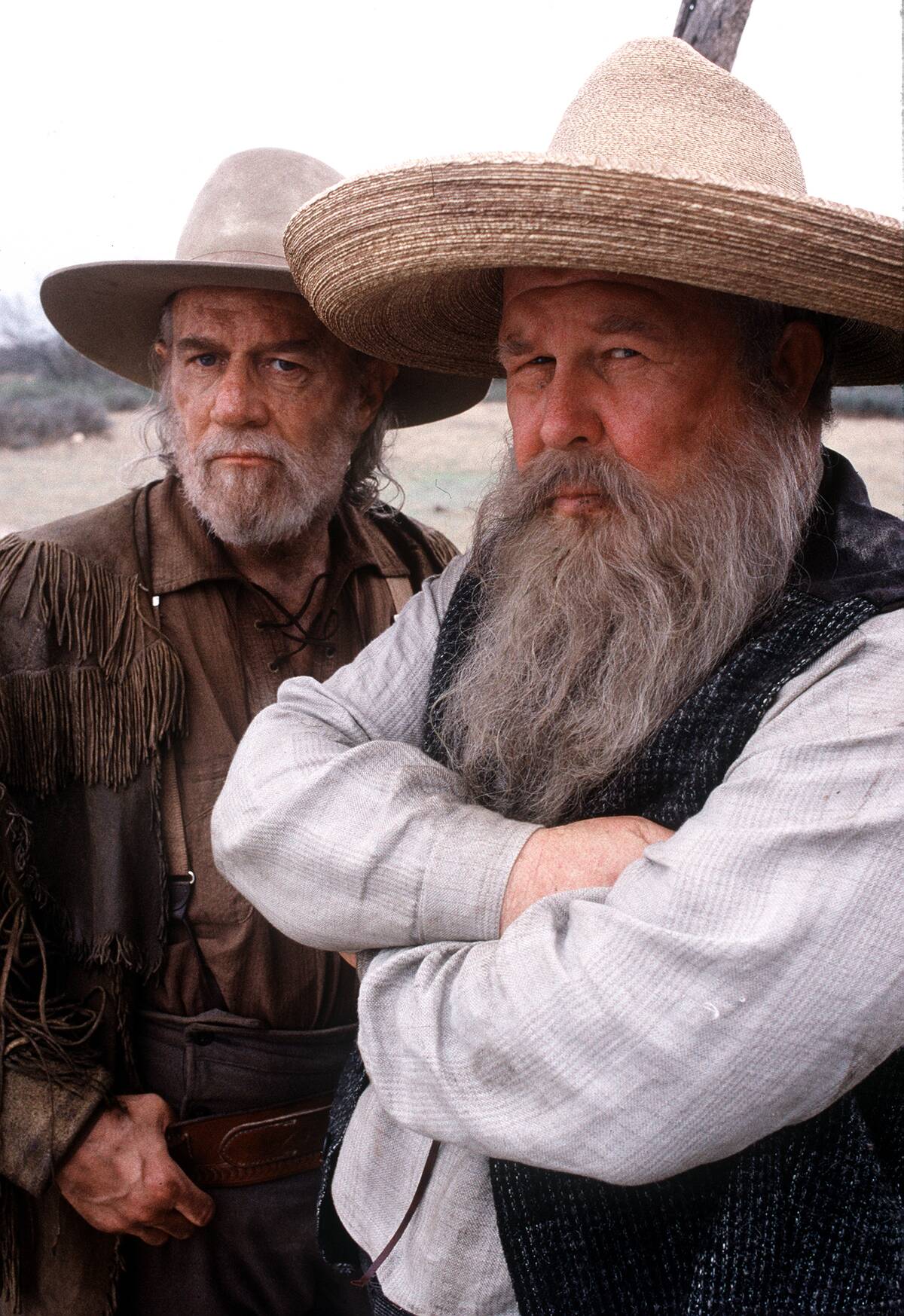
Carlin continued releasing well-received HBO specials throughout the ’90s, but he also expanded on his acting roles with appearances in the film The Prince of Tides, as well as narrating gigs on the children’s TV series Thomas & Friends along with Shining Time Station.
In 1993, he starred in the Fox sitcom The George Carlin Show, which was created and written by Sam Simon, the co-creator of The Simpsons. The show was fairly successful, running for 27 episodes across two seasons.
As he grew older, he returned to his main gig.
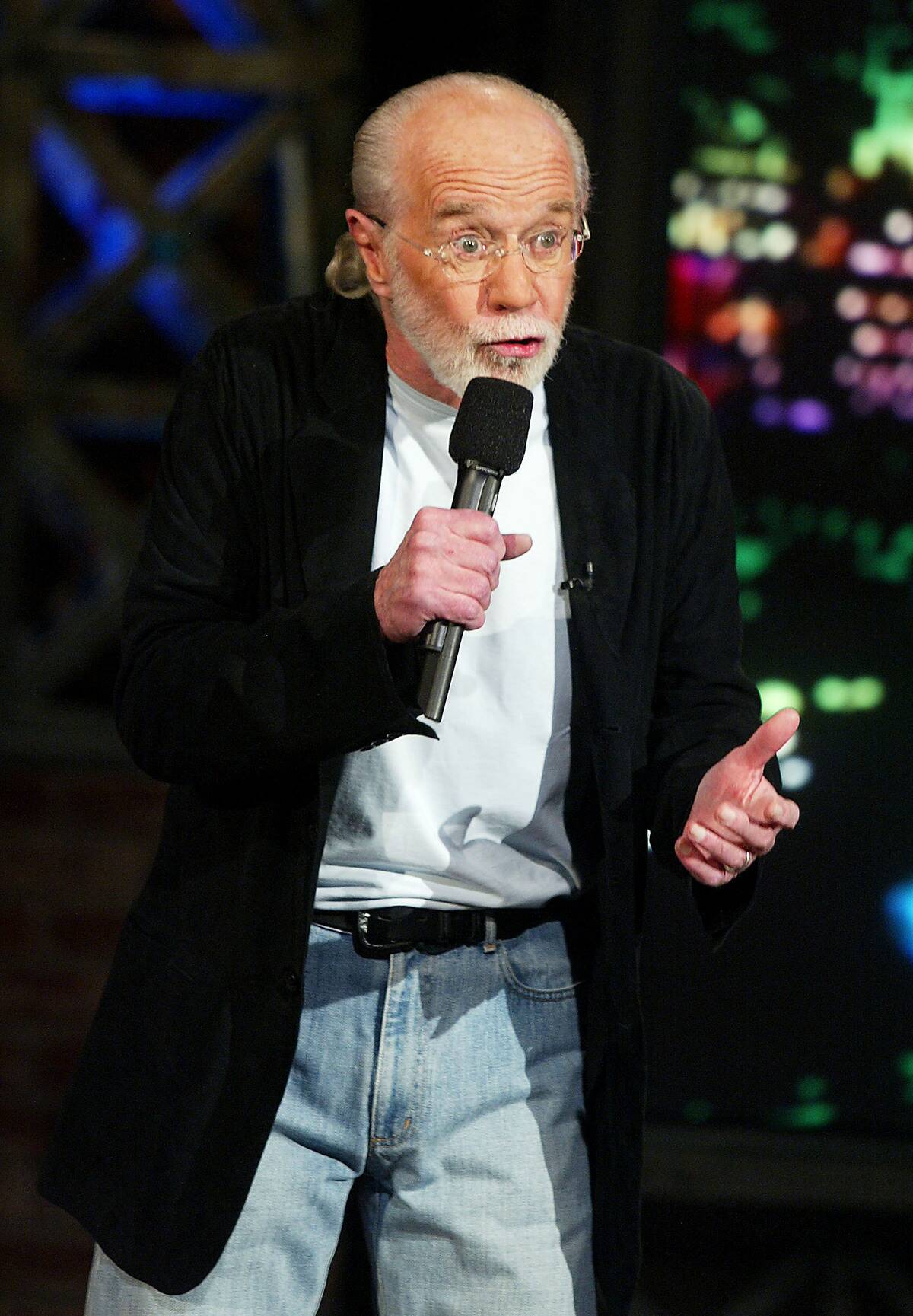
Carlin, who was revered as a comedy legend by the turn of the millennium, returned to HBO specials in his final years and appeared in very few TV shows and movies.
He explained that his problems with substances had caused him to get into serious trouble with the IRS over the prior few decades. As he told it, this forced him to get back into comedy, as it was what he was best at and would help him repay his debts faster.
He was a Vegas headliner.
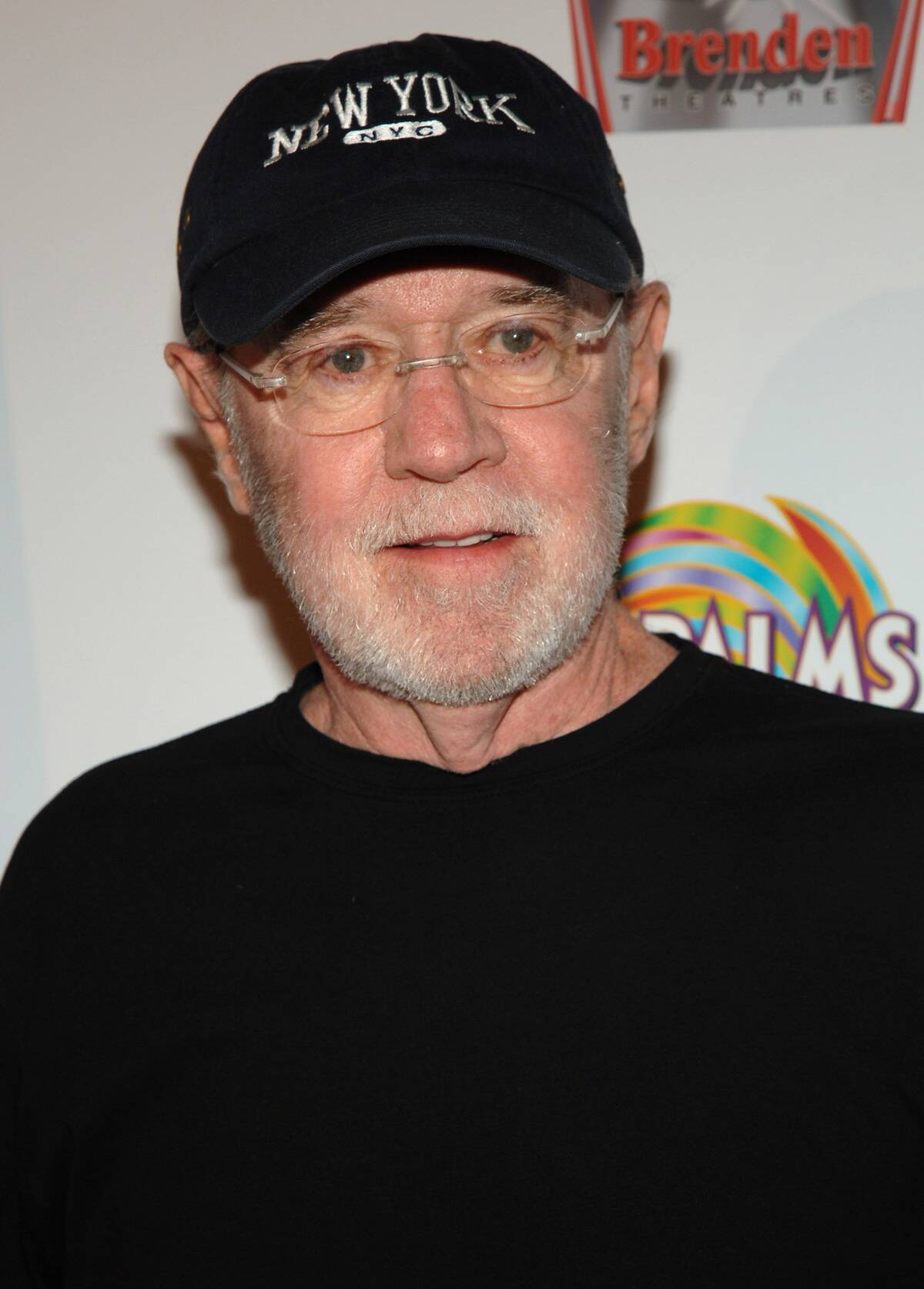
Having a running show in Las Vegas is a dream retirement gig for many performers, but Carlin didn’t have the best experience during his time as a headliner at the MGM Grand Las Vegas.
Carlin’s dark humor evidently didn’t win over the more family-oriented Las Vegas audiences, and his sets would frequently fall flat. Carlin said that he could not wait to leave Vegas because, “People who go to Las Vegas, you’ve got to question their [expletive] intellect to start with.”
He passed away in 2008.
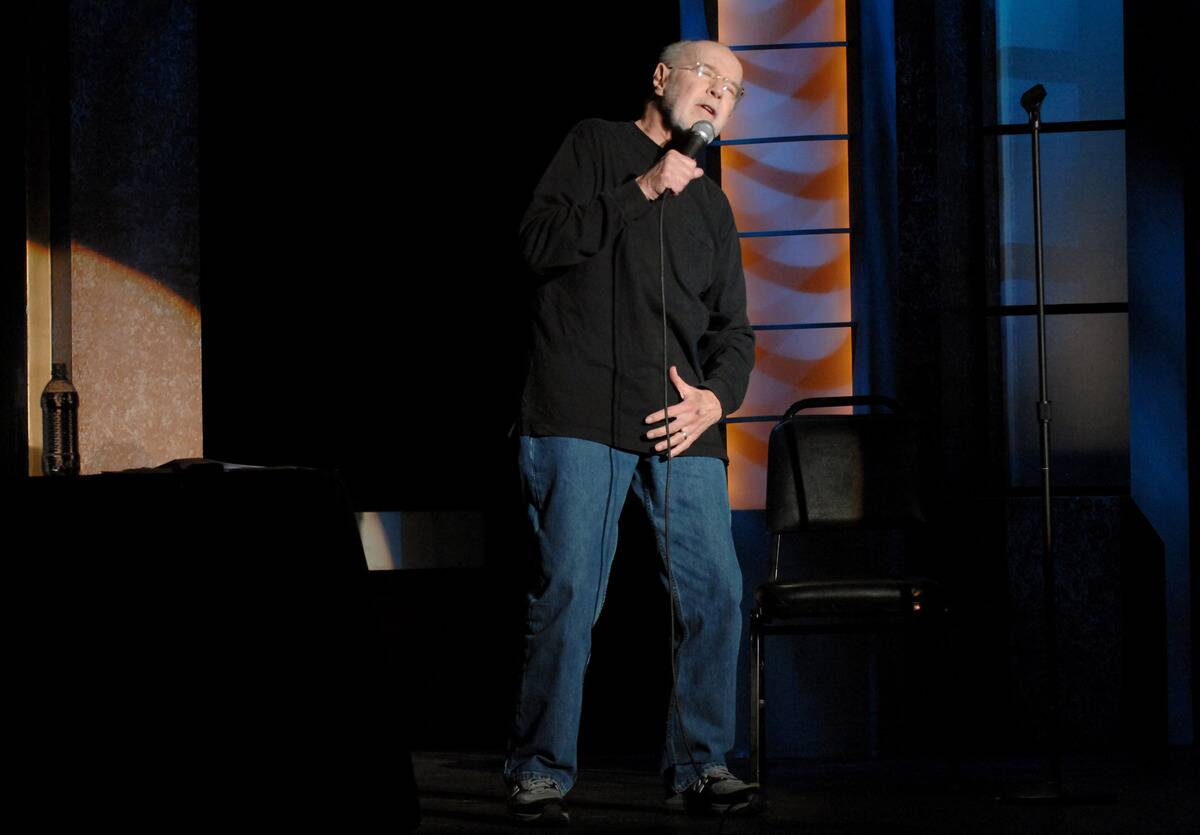
Carlin had experienced three heart attacks in his life and also had heart arrythmia — conditions that were exacerbated by his use of substances. In June of 2008, he died of a heart attack in Santa Monic, California.
In his will, Carlin asked that his ashes be scattered at several sites that were meaningful to him in life, and requested that his widow and daughter not hold a large funeral for him.
His legacy is undeniable.
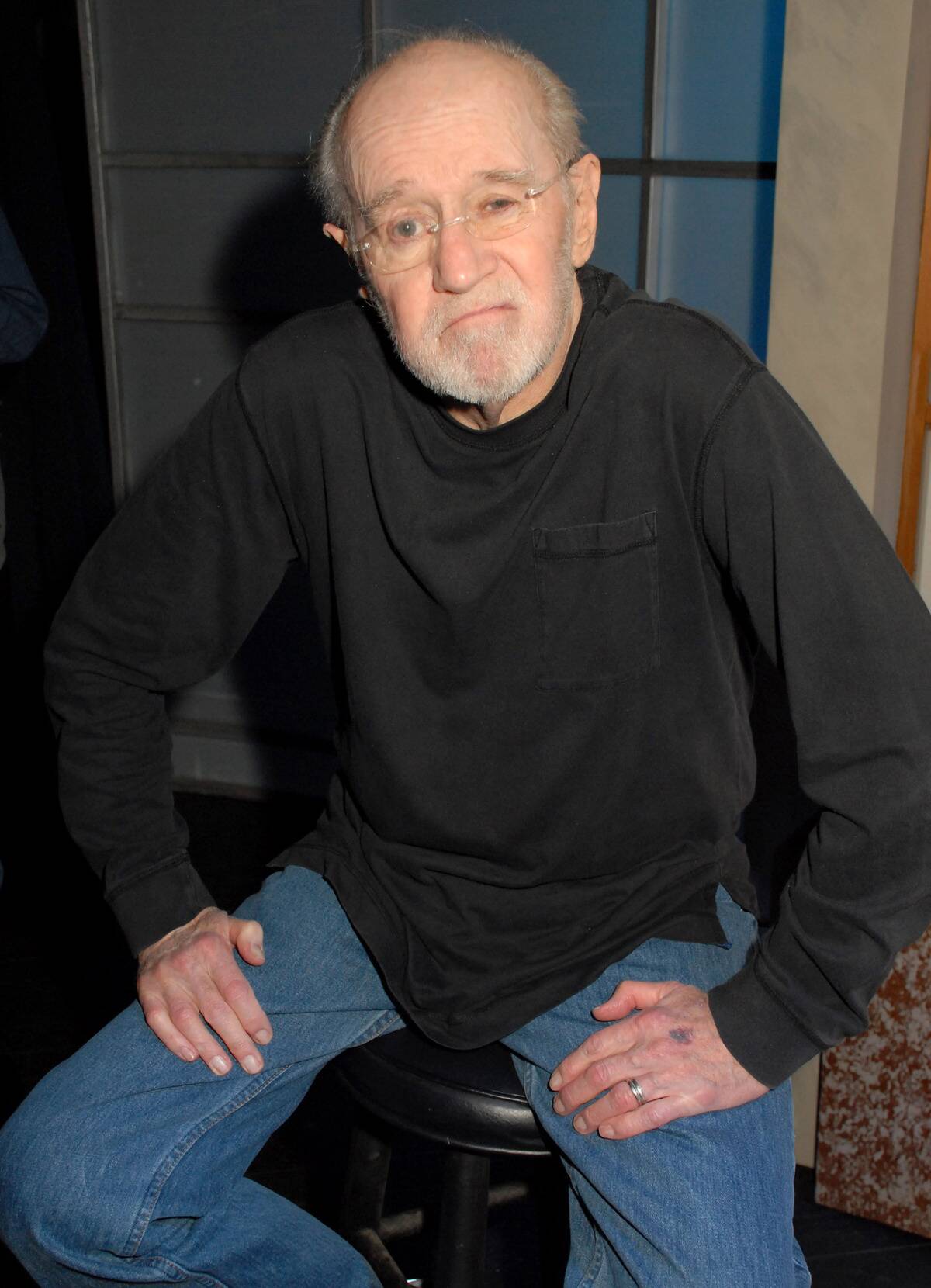
Carlin’s groundbreaking comedic style served as a massive influence to many comedians who followed in his footsteps, ranging from Bill Burr to Jerry Seinfeld to Stephen Colbert.
George Carlin’s American Dream, a documentary about Carlin’s life, was directed by Judd Apatow — yet another leading voice in the comedy world who claimed Carlin as an influence.


